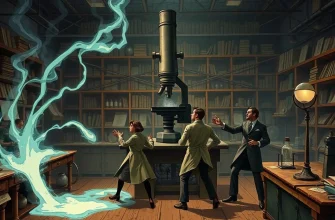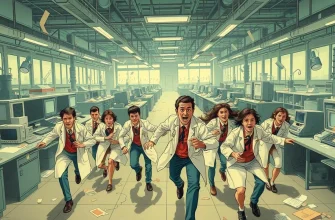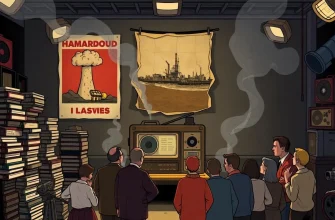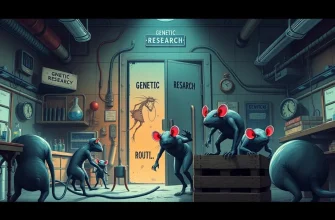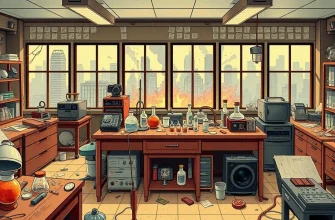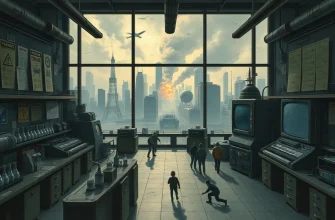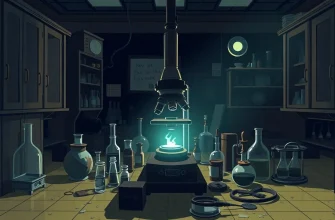Fancy a bit of chaos and destruction, but with a scientific twist? Here's a curated list of 10 disaster films that take place in research facilities, where experiments go awry and the consequences are catastrophic. These films not only entertain with their thrilling narratives but also offer a cautionary tale about the potential perils of unchecked scientific ambition. Whether you're a fan of edge-of-your-seat action or just love a good old-fashioned disaster flick, this collection has something for everyone.

The Andromeda Strain (1971)
Description: A team of scientists investigate a deadly alien microorganism that has wiped out an entire town. The film is set in a high-tech underground lab, making it a classic in the disaster genre.
Fact: The film was based on Michael Crichton's novel and was one of the first to use computer graphics for its title sequence.
 Watch Now
Watch Now

The Fly (1986)
Description: A scientist's teleportation experiment goes wrong, merging him with a fly. This film showcases the disastrous consequences of scientific experiments.
Fact: The film's special effects, particularly the transformation scenes, were groundbreaking at the time.
 Watch Now
Watch Now
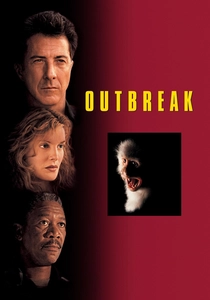
Outbreak (1995)
Description: A deadly virus escapes from Africa, and a team of scientists must stop it from becoming a global catastrophe. The film features intense scenes in research labs.
Fact: The film was inspired by the Ebola virus outbreak in the early 1990s.
 Watch Now
Watch Now

Sphere (1998)
Description: A group of scientists explore a mysterious spacecraft at the bottom of the ocean, leading to psychological and physical disasters. The film delves into the dangers of unknown scientific phenomena.
Fact: The film was based on a novel by Michael Crichton, who also wrote "The Andromeda Strain."
 Watch Now
Watch Now
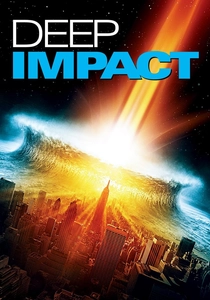
Deep Impact (1998)
Description: A comet is discovered on a collision course with Earth, and scientists race against time to save humanity. The film includes scenes in various scientific facilities dealing with the impending disaster.
Fact: The film was released in the same year as "Armageddon," leading to comparisons between the two.
 Watch Now
Watch Now
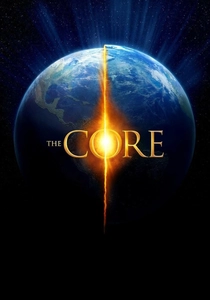
The Core (2003)
Description: When the Earth's core stops spinning, a team of scientists must drill to the centre to restart it, facing numerous catastrophic events along the way. This film is a prime example of science gone haywire.
Fact: The film's premise was inspired by real scientific theories about the Earth's core, though the execution is, of course, entirely fictional.
 Watch Now
Watch Now
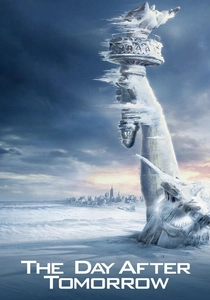
The Day After Tomorrow (2004)
Description: A paleoclimatologist must save his son while the world faces a new ice age due to global warming. The film showcases the disastrous effects of climate change on scientific facilities.
Fact: The film was one of the first to bring climate change to the forefront of public consciousness in a dramatic way.
 Watch Now
Watch Now
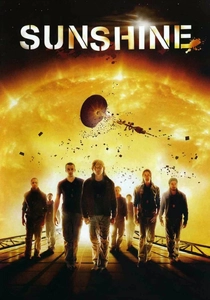
Sunshine (2007)
Description: A team of astronauts must reignite the dying sun, facing numerous obstacles and disasters in space. The film explores the catastrophic potential of space missions.
Fact: The film was praised for its realistic portrayal of space travel and the psychological effects on astronauts.
 Watch Now
Watch Now
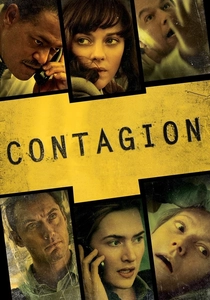
Contagion (2011)
Description: A deadly virus spreads across the globe, and scientists work tirelessly in labs to find a cure. This film provides a realistic look at how scientific facilities respond to pandemics.
Fact: The film's plot eerily predicted aspects of the real-world response to the COVID-19 pandemic.
 Watch Now
Watch Now
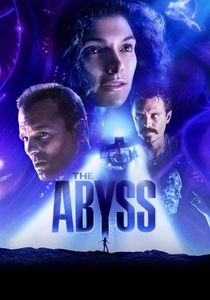
The Abyss (1989)
Description: A deep-sea drilling platform is used to investigate a mysterious underwater object, leading to catastrophic events. The film blends science fiction with disaster elements.
Fact: The underwater scenes were shot in a specially constructed tank, one of the largest ever built for a film.
 30 Days Free
30 Days Free


